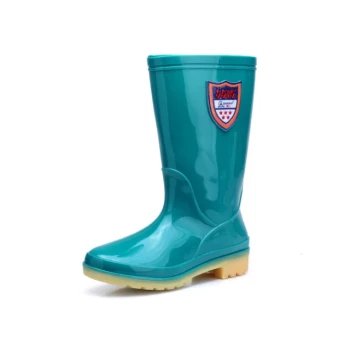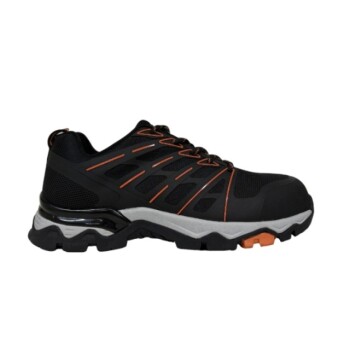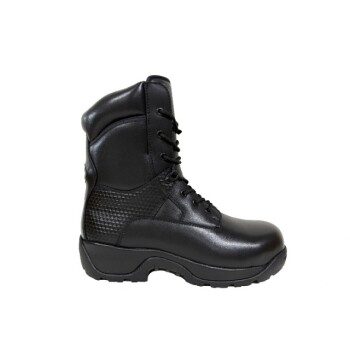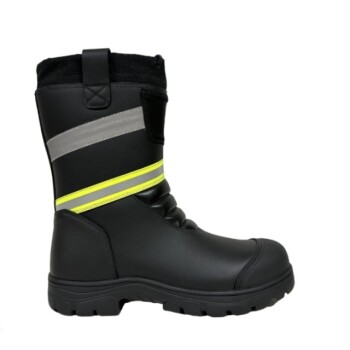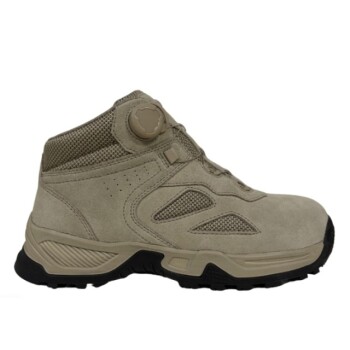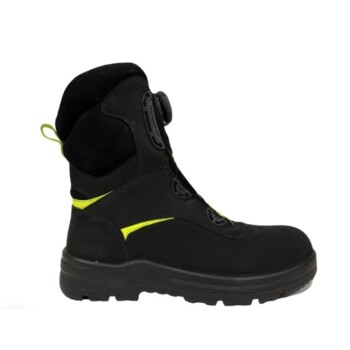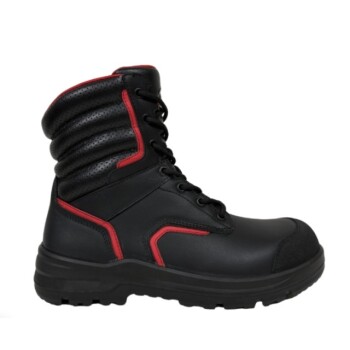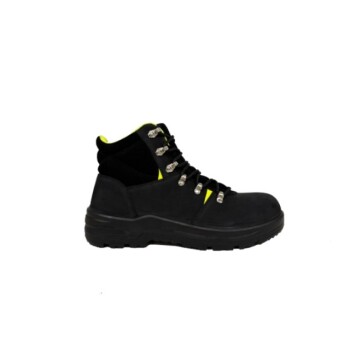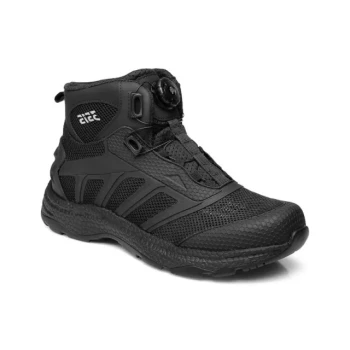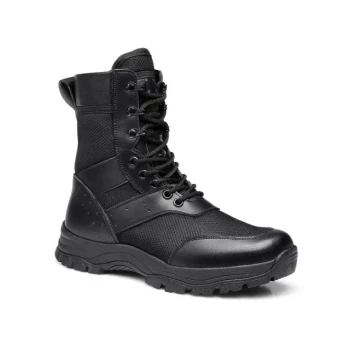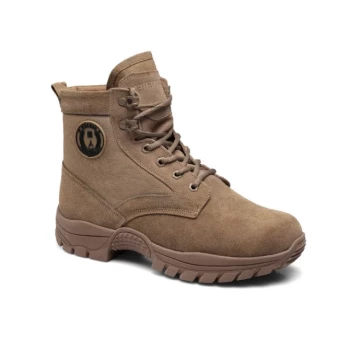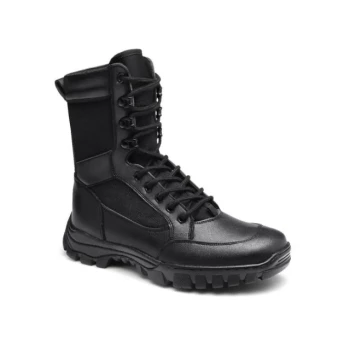To be precise, modern Wellington boots are primarily made from natural rubber, a waterproof and durable material. However, the original boots were crafted from leather, and today, cheaper alternatives are often made from synthetic plastics like PVC.
The material used in a Wellington boot is the single most important factor determining its quality, comfort, and environmental impact. While natural rubber is the superior choice for durability and sustainability, cheaper synthetic options often come with significant performance and ecological downsides.
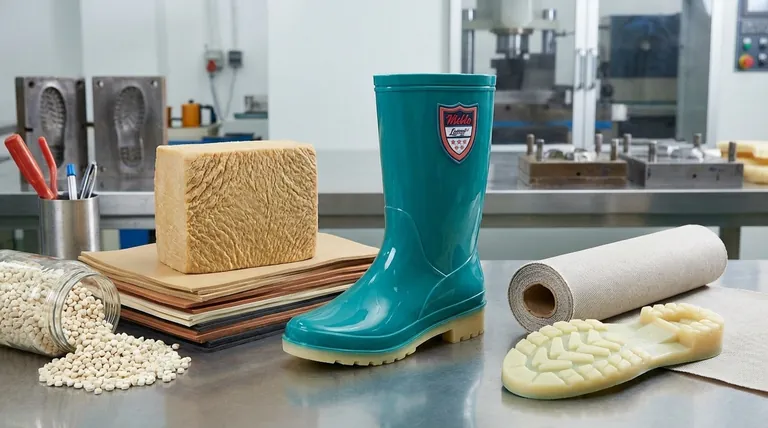
The Anatomy of a Wellington Boot
A Wellington boot isn't a single piece of material but a system of components. Understanding the upper, lining, and sole reveals why some boots last for seasons while others fail within months.
The Upper: The First Line of Defense
The upper is the main body of the boot, responsible for providing the waterproof barrier.
The gold standard for modern Wellingtons is natural rubber. High-end brands often use proprietary blends, like Chamolux, which combines different natural rubbers to enhance suppleness and durability. Some designs incorporate a neoprene upper for added flexibility.
Historically, the very first Wellington boots, designed for the Duke of Wellington in the early 19th century, were made of treated calfskin leather. The shift to rubber occurred later, making the boots more accessible and fully waterproof for wider use.
The Lining: Comfort and Climate Control
The interior lining has a major impact on comfort and warmth.
Common linings include cotton for breathability in mild conditions, wool for excellent insulation in the cold, and leather for a durable, premium feel that molds to your foot over time.
The Sole: The Foundation of Performance
The sole dictates the boot's grip, longevity, and suitability for specific environments.
Rubber is a common choice for its excellent grip and durability. For more demanding work conditions, specialized materials are used, such as Thermoplastic Polyurethane (TPU) for oil and abrasion resistance, or Vibram outsoles, which are made of vulcanized rubber renowned for superior traction.
Understanding the Trade-offs: Natural Rubber vs. PVC
While they may look similar at a glance, the choice between natural rubber and a synthetic like Polyvinyl Chloride (PVC) is critical.
Why Natural Rubber is the Standard
Natural rubber is a sustainably sourced material that is inherently waterproof, flexible, and highly resistant to tearing and wear. It provides superior comfort as it conforms better to the wearer's movements.
Its natural properties make it the ideal material for a boot that needs to endure wet, muddy conditions for years without cracking.
The Hidden Costs of PVC Boots
Cheaper Wellington boots are frequently made from PVC, a synthetic plastic. While waterproof, it comes with serious drawbacks.
PVC is rigid, less durable, and prone to cracking, especially in cold weather. More importantly, it is an environmental liability. It does not biodegrade and can release toxic chemicals during its lifecycle.
You should specifically avoid boots containing nitrosamines (carcinogenic compounds) and chlorinated paraffins, which are pollutants that build up in the food chain.
Making the Right Choice for Your Needs
Selecting the right boot means matching the material to your primary goal.
- If your primary focus is long-term durability and comfort: Choose a boot made from high-quality natural rubber.
- If your primary focus is safety in a work environment: Prioritize a boot with a specialized sole, such as oil-resistant TPU or a high-traction Vibram outsole.
- If your primary focus is environmental impact: Insist on natural rubber and actively avoid boots made from PVC or containing harmful chemicals.
Ultimately, understanding these core materials empowers you to see past the price tag and invest in a boot that truly performs.
Summary Table:
| Material | Best For | Key Characteristics |
|---|---|---|
| Natural Rubber | Durability, Comfort, Sustainability | Waterproof, flexible, tear-resistant, sustainable |
| PVC | Low-Cost Option | Rigid, can crack in cold, negative environmental impact |
| Leather (Historical) | Authentic Look | Treated for water resistance, less common today |
| Neoprene | Added Flexibility | Often used in uppers for a more comfortable fit |
Need high-quality Wellington boots for your business?
As a large-scale manufacturer, 3515 produces a comprehensive range of durable, comfortable, and sustainable footwear for distributors, brand owners, and bulk clients. Our production capabilities encompass all types of boots, including premium natural rubber Wellingtons designed for long-term performance.
Contact us today to discuss your specific needs and receive a competitive quote.
Visual Guide
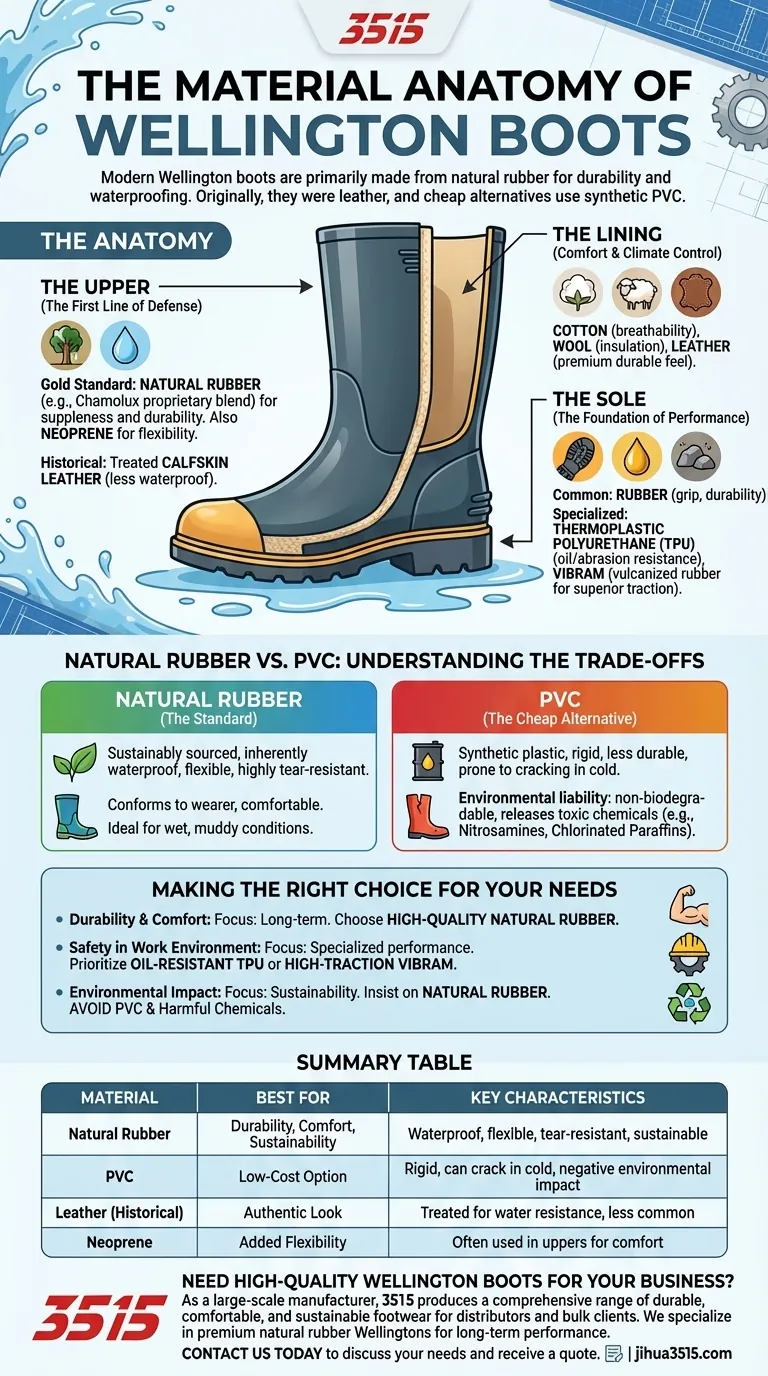
Related Products
- Factory Direct Wholesale Rain Boots Durable Waterproof & Fully Customizable
- Factory-Direct Wholesale Canvas Boots with High-Traction Rubber Soles
- Premium KPU Injection Athletic Style Safety Shoes
- Premium Grain Leather Safety Boots for Bulk Supply
- Wholesale Leather Safety Boots with Customizable Protective Toe
People Also Ask
- What are the distinctive features of rain boots? Unmatched Waterproof Protection Explained
- What variety of rubber boots is available? From Rain to Safety and Medical Solutions
- What are the liner materials for rain boots? Cotton vs. Blends for Comfort & Durability
- What are the limitations of rain boots in certain climates? Find the Right Footwear for Your Weather
- What factors should be considered when choosing rain boots? Find the Perfect Boot for Your Needs
